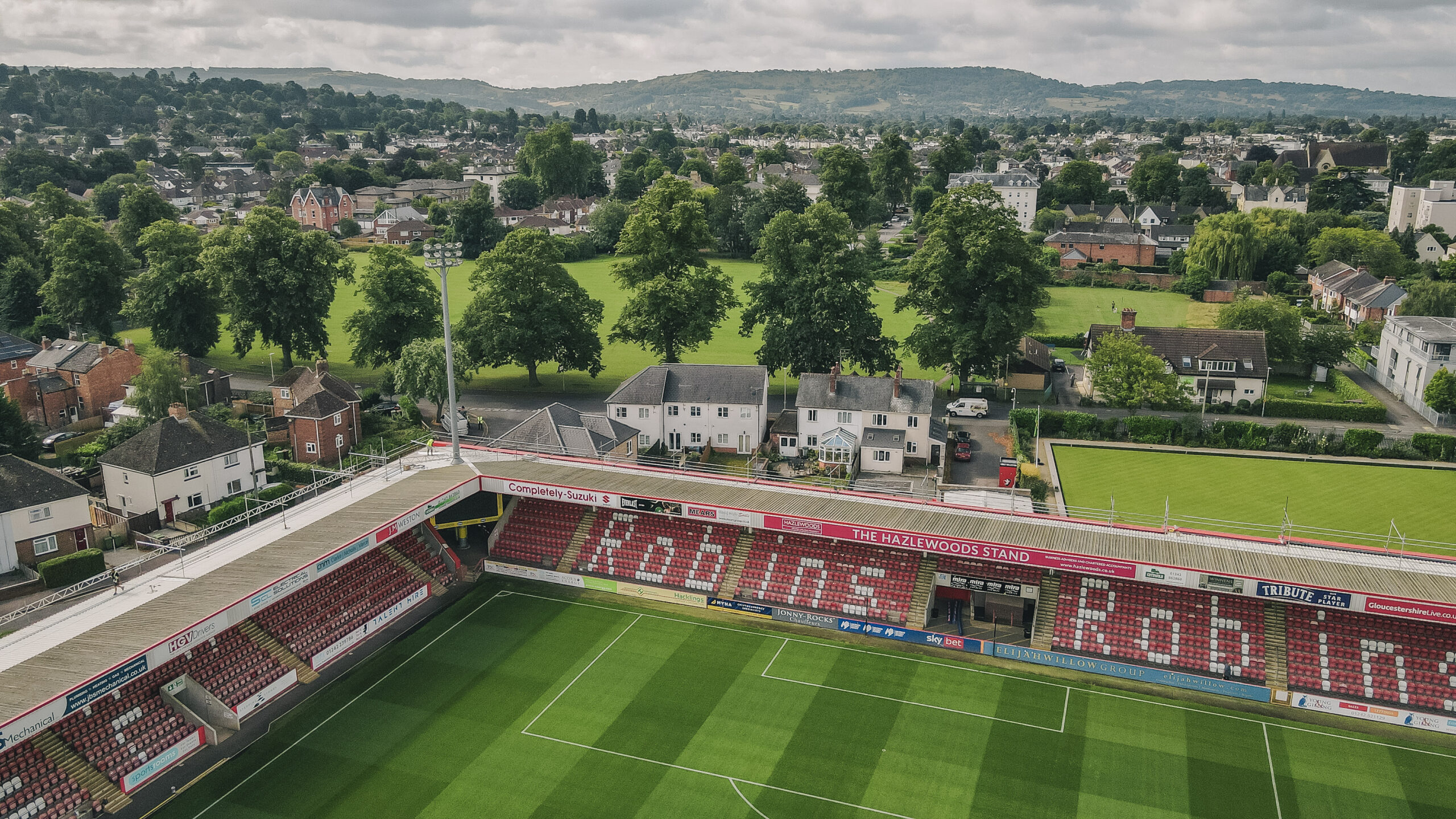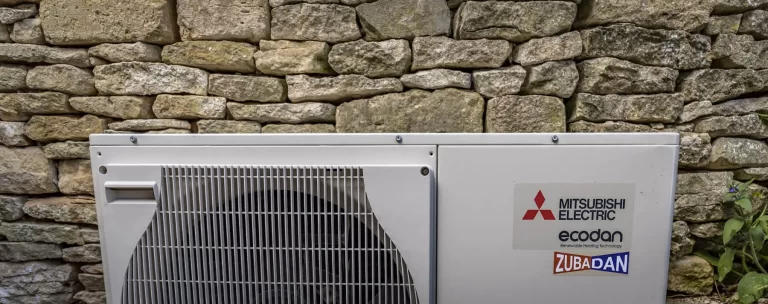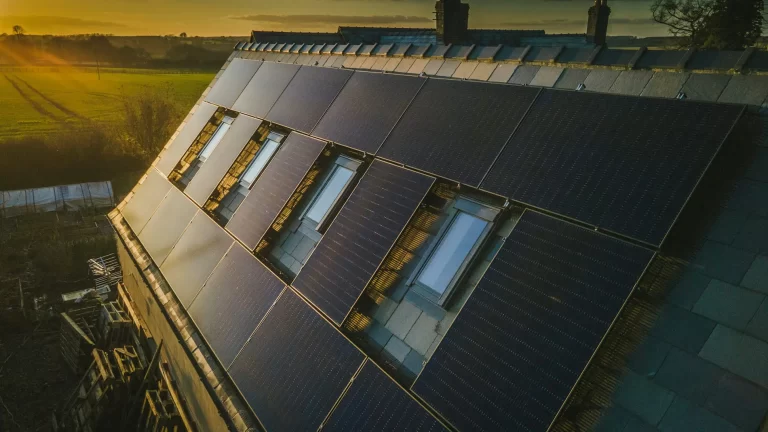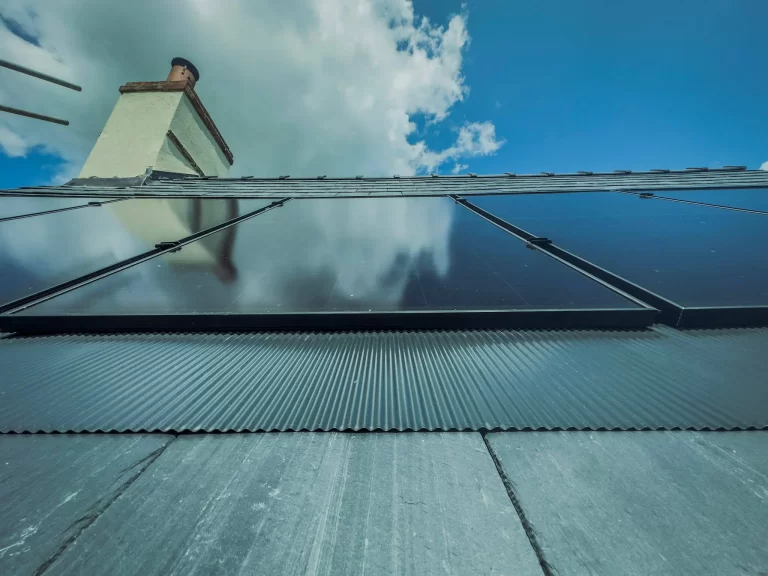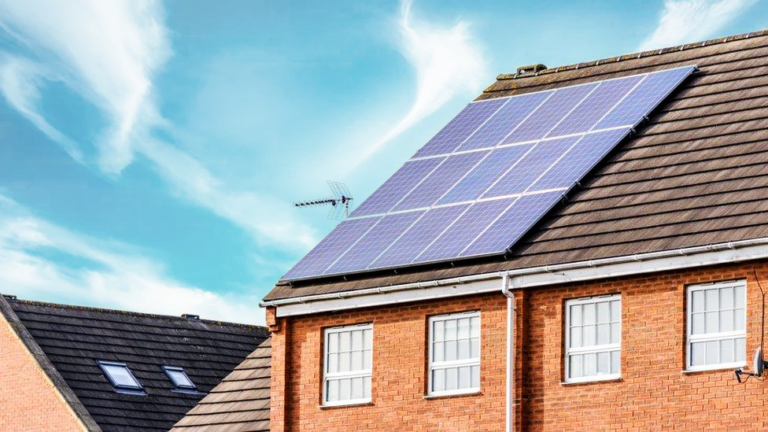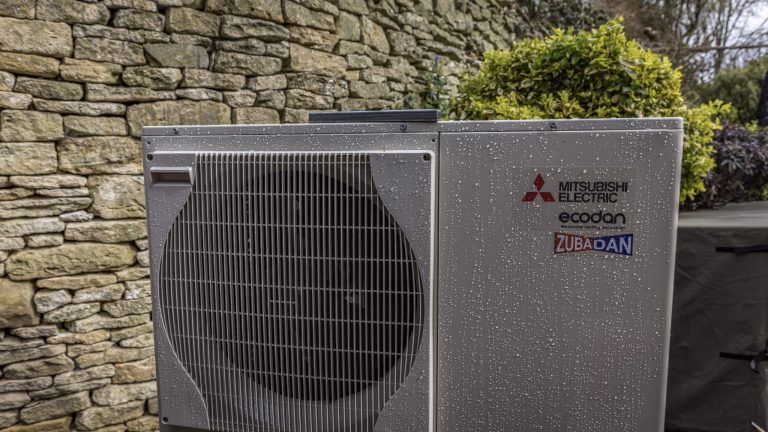Reduce matchday energy costs, cut carbon, and enhance your club’s sustainability credentials ahead of the new football season!
As UK football looks ahead to a landmark summer – with the UEFA Women’s Euro 2025 kicking off in July and the Premier League 2025/26 season following in August -stadiums across the country are preparing for full crowds, televised coverage, and heightened public scrutiny. Energy infrastructure is under the spotlight. For venue operators and club executives, now is the time to upgrade to solar PV.
Football stadiums are energy-intensive facilities. From lighting and hospitality to EV charging and broadcast technology, matchday operations draw vast amounts of electricity – and with commercial tariffs rising, clubs are feeling the financial pressure. At the same time, sponsors, fans and local authorities are demanding greater action on sustainability and Net Zero targets.
Solar photovoltaic (PV) systems offer a strategic solution: lower energy bills, improved environmental impact, and visible commitment to a greener future. In this article, we’ll explore why solar PV is particularly well-suited to football stadiums, what kind of returns are achievable, and how clubs like Cheltenham Town FC are already reaping the benefits.
The Energy Burden of Modern Football Stadiums
Football stadiums are among the most energy-hungry public buildings. A typical ground must support a variety of energy-intensive systems, including:
- Floodlights and internal LED lighting
- Heating, ventilation and air conditioning (HVAC) for hospitality areas
- Catering and concessions
- Scoreboards, media equipment and broadcasting
- Training facilities and EV charging points
- Office and conference space operations
- Digital advertising screens
According to research from Carbon Trust and UEFA, the average matchday energy use for a medium-sized stadium is around 1.5 to 2.5 MWh – equivalent to powering over 600 UK homes for a full day.
Compounding the issue are volatile energy prices. Since 2021, UK commercial electricity tariffs have increased by over 90% (ONS, May 2025), with Ofgem citing global wholesale market pressures and network constraints. Energy costs are now a major line item on club balance sheets, particularly for League One, League Two, and Championship teams operating on tighter margins.
At the same time, football is under pressure to decarbonise. The UK Government’s commitment to Net Zero by 2050, combined with UEFA’s Sustainability Strategy and the EFL’s Green Clubs initiative, means clubs are expected to take measurable action -not just through offsetting, but through tangible operational changes.
Why Solar PV Is an Ideal Fit for Stadium Environments
While every venue is different, football stadiums have several inherent characteristics that make them highly compatible with solar energy:
1. Large Roof Areas with Minimal Shading
Grandstands, main stands, and auxiliary buildings provide large surface areas that are typically flat or gently sloped – ideal for maximising solar array efficiency. These rooftops are often underutilised and rarely visible from ground level, allowing solar to be added with minimal aesthetic disruption.
2. High Daytime Energy Demand
Although matches may occur in the evening, stadiums consume most of their electricity during daylight hours – from staff operations and training to hospitality preparation and media setup. This makes solar generation and self-consumption more efficient, improving ROI compared to facilities with only night-time demand.
3. Sustainability Messaging and Stakeholder Expectations
Modern football is as much about brand values as on-pitch performance. Supporters, sponsors, community stakeholders, and media partners expect visible commitment to sustainability. A solar PV system is a tangible and verifiable asset that clubs can use in their ESG reporting, commercial strategy, and fan engagement.
According to a 2023 EFL Fan Survey, 72% of supporters want their clubs to take stronger environmental action – and 1 in 3 say sustainability influences their support for sponsors.
4. Financial Predictability and Long-Term Savings
With a system lifespan of 25+ years, solar PV provides stable, inflation-resistant energy over the long term. Clubs can protect themselves from future energy shocks, reduce operational exposure, and reinvest savings into infrastructure, player development or fan facilities.
Real-World Results: Cheltenham Town FC Case Study
In 2023, Cotswold Energy Group – part of SCIS Group – delivered a full turnkey solar PV system for Cheltenham Town Football Club, becoming one of the first League One clubs to take the leap toward renewable energy.
Project Overview
- Panels installed: 213 solar PV modules
- Estimated annual generation: ~ 77 MWh
- Investment: £90,000
- Estimated cost savings: ~ £21,000 per year
- Payback period: 4 years
- Carbon reduction: 20 tonnes over its 25-year lifespan
The project was completed within a short off-season window, with minimal disruption to operations and full DNO coordination provided by our in-house team.
Club Benefits
- Lower electricity bills during matchdays and training
- Enhanced sustainability credentials
- Positive press coverage and community feedback
- Reduced reliance on grid energy amid rising tariffs
“This is an important first step in creating a more sustainable, lower-emissions football club. For us, it is about investing wisely in a greener future that will benefit the environment, the club, and the local community. We hope it will inspire other clubs and initiatives in Cheltenham and the wider Gloucestershire area.”
– Paul Bence, Commercial Director, Cheltenham Town FC
Understanding the Financials: Costs, ROI and Incentives
While each installation is bespoke, clubs often ask the same question: What does it cost, and what do we save?
Typical Stadium Solar Installation Costs
| System Size | Estimated Installed Cost | Annual Output | Typical Annual Savings |
| 50 kWp (kilowatt peak) | £45,000–£55,000 | ~45,000 kWh (kilowatt hours) | £13,500–£16,000 |
| 100 kWp | £90,000–£110,000 | ~90,000 kWh | £27,000–£32,000 |
| 150+ kWp | £130,000+ | 135,000+ kWh | £40,000+ |
Note: Based on electricity costs of 30–35p/kWh (2025 average commercial rates). Savings are higher where on-site usage is consistent throughout the day.
Return on Investment
Most stadiums achieve ROI within 3.5 to 6 years, with systems designed to operate for 25+ years. Financial performance improves further with battery integration or export to the grid under the Smart Export Guarantee (SEG).
Tax and Capital Allowances
Clubs can benefit from:
- Annual Investment Allowance (AIA): Up to £1 million of capital investment fully deductible
- First Year Allowance: Enhanced relief for energy-saving technologies
- SEG Tariffs: Income from selling unused electricity back to the grid
Our team provides full support in maximising these benefits during project planning.
When Should You Install Solar? Timing Matters.
Stadium operators often ask when to begin. The answer? As early as possible in the off-season – ideally during spring or summer, when access is easier, disruption is minimal, and everything can be in place before the crowds return.
Off-Season Installation Window
The summer period – particularly May to August – offers the best opportunity to install with minimal disruption. With reduced fixtures and training, contractors can complete the work efficiently and safely. Planning, permissions and grid applications (DNO approval) typically take 6 to 10 weeks, so early engagement is key.
What to Look for in a Stadium Solar Partner
Installing solar on a large-scale, safety-critical venue like a football stadium requires more than just panels. Choose a partner that offers:
- Full feasibility study and site audit
- Custom system design tailored to roof structure and load
- DNO coordination and planning permission
- Risk assessment and compliance with stadium safety protocols
- Ongoing monitoring and system performance reporting
At Cotswold Energy, we specialise in commercial-scale solar PV and have extensive experience working with sports clubs and public venues.
Final Thoughts: The Stadium Advantage
Solar PV is not just a utility upgrade – it’s a strategic asset. For football stadiums, the benefits are clear:
- Long-term protection from rising energy prices
- Demonstrable climate action for stakeholders
- Enhanced operational resilience
- New commercial and media opportunities through sustainability
As we enter a new season of football – and a new era of environmental responsibility -clubs that act now will lead the game on and off the pitch.
Ready to Explore Solar for Your Stadium?
Book a no-obligation site assessment with our expert team.
Call: 0333 444 5 444
Email: [email protected]
Contact Us Online

